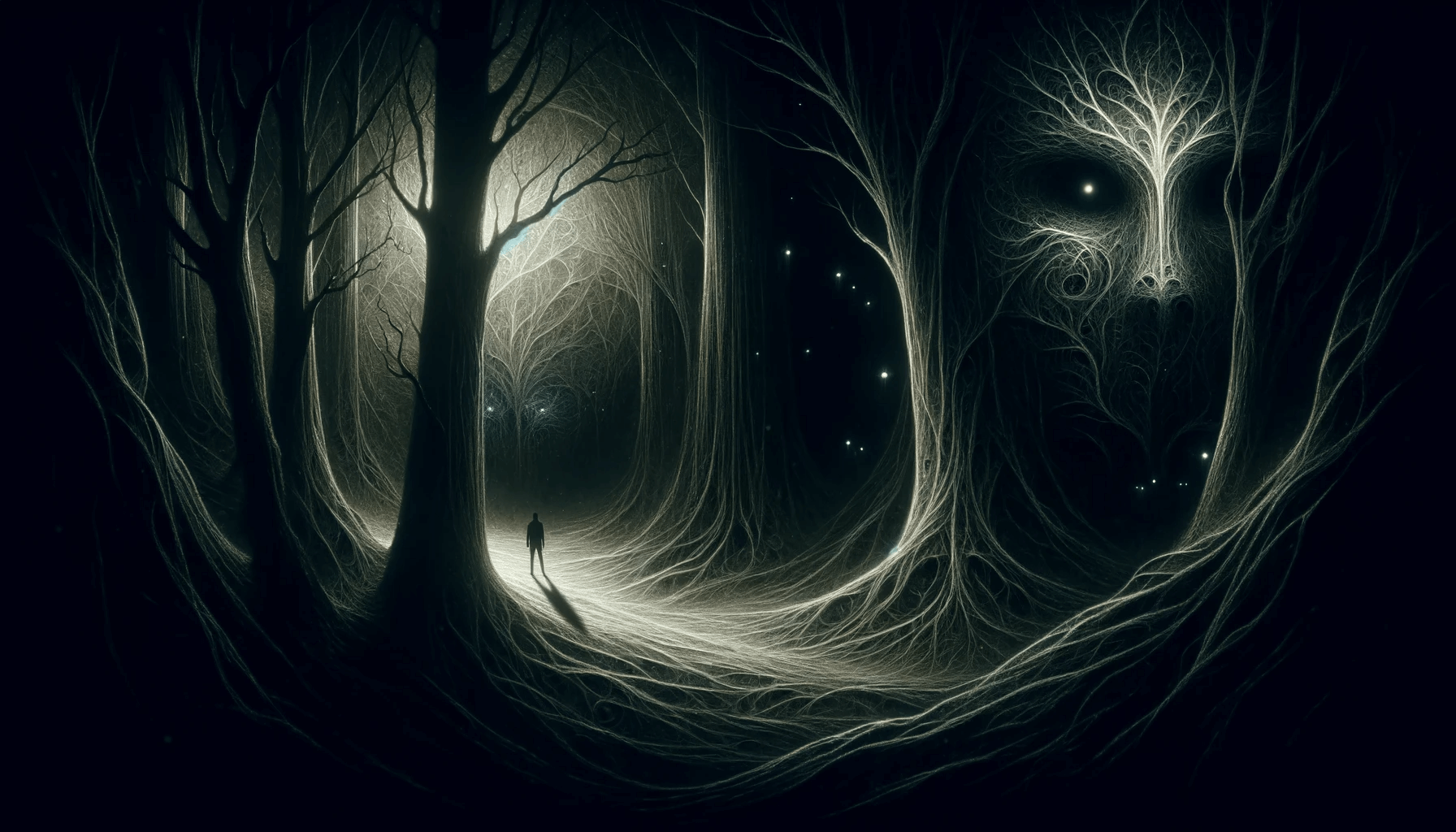Sponsored By Awaken Your Great Self
Table of Contents
Introduction to “The Shadow”
As human beings, we are complex creatures with many emotions and desires. We often strive to project a positive and socially acceptable image of ourselves. However, there is a hidden aspect of our psyche that we often fear and suppress – “The Shadow.” In this article, we will dive deep into the concept of “The Shadow,” its historical origins, psychological interpretations, famous examples in literature and film, its impact on popular culture, and how we can embrace and integrate this dark side of ourselves.
Understanding the concept of “The Shadow.”
“The Shadow” is a term coined by the renowned psychologist Carl Jung. It refers to the unconscious part of our personality that consists of all the aspects we deem unacceptable or undesirable. These may include our fears, insecurities, aggressive tendencies, and other repressed emotions. “The Shadow” represents the darker side of our nature that we often try to ignore or deny.
Historical Origins of “The Shadow”
While Carl Jung popularized the concept of “The Shadow” in psychology, the idea of a hidden dark side has existed in human culture for centuries. In ancient mythology, figures like the Greek god Hades and the Norse trickster Loki embody aspects of “The Shadow.” These mythical characters represent the underworld and chaos, highlighting the primal and unpredictable nature of the shadow self.
Psychological Interpretation of “The Shadow”
According to Jungian psychology, embracing and integrating “The Shadow” is crucial for personal growth and self-realization. By acknowledging and accepting the hidden aspects of our personality, we can achieve a state of wholeness. The process involves exploring our fears, insecurities, and repressed desires and bringing them into conscious awareness. Only by facing and integrating “The Shadow” can we truly understand ourselves and find balance in our lives.
Famous examples of “The Shadow” in literature and film
“The Shadow” has been a recurring theme in literature and film, often depicted through complex characters. In Robert Louis Stevenson’s “Dr. Jekyll and Mr. Hyde,” the protagonist struggles with the duality of his nature, representing the battle between his “Shadow” and his conscious self. Similarly, in the movie “Fight Club,” the main character creates an alter ego that embodies his repressed aggression and desires. These examples reflect the timeless fascination with the concept of “The Shadow” and its exploration in storytelling.
The impact of “The Shadow” on popular culture
“The Shadow” has significantly impacted popular culture, permeating various forms of media. From comic book superheroes with dark alter egos like Batman and Spider-Man to antiheroes in literature and film, the influence of “The Shadow” can be seen in countless narratives. It speaks to our collective fascination with characters who grapple with their inner demons and the constant struggle between good and evil.
How to embrace and integrate “The Shadow”
Embracing and integrating “The Shadow” is not easy, as it requires courage and self-reflection. The first step is to acknowledge its existence and become aware of the aspects of ourselves that we have repressed or denied. This can be done through therapy, journaling, or engaging in creative outlets such as art or writing. By exploring our fears and insecurities, we can gradually bring them into conscious awareness and begin the integration process.
Overcoming the negative aspects of “The Shadow.”
While “The Shadow” encompasses our dark side, it is essential to recognize that it is not inherently harmful. It is merely a part of who we are and can offer valuable insights and strengths if embraced and understood. By acknowledging our shadow self, we can learn from it and transform negative patterns and behaviours. This process involves self-compassion, forgiveness, and a willingness to confront our shortcomings.
The transformative power of “The Shadow.”
Embracing and integrating “The Shadow” can be a transformative journey that leads to personal growth and self-acceptance. By facing our fears and repressed emotions, we can better understand ourselves and others. This process allows us to cultivate empathy and compassion as we realize everyone has a shadow side. It also opens up new possibilities for creativity and self-expression as we tap into the hidden depths of our psyche.
Conclusion: Embracing the light and darkness within
In conclusion, “The Shadow” represents the hidden aspects of our personality that we often fear and suppress. We can achieve a sense of wholeness and self-realization by exploring and integrating this dark side. By embracing both the light and darkness within ourselves, we can lead more authentic and fulfilling lives. So, let us embark on this journey of self-discovery and embrace “The Shadow” as an integral part of who we are.
CTA: Embrace your shadow self and embark on a journey of self-discovery. Take the first step towards personal growth and self-realization.






